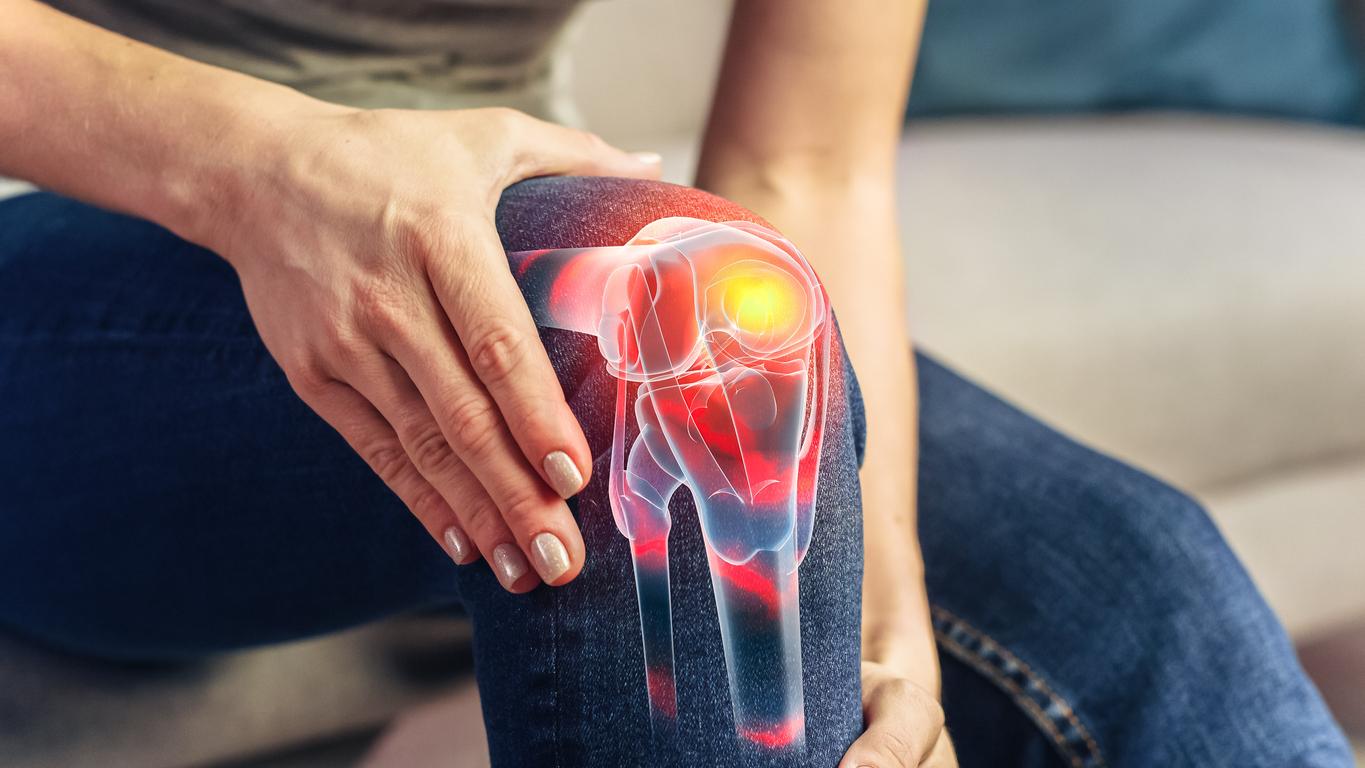French scientists are developing a new medical imaging technique to detect osteoarthritis as early as possible. Ultimately, this method could revolutionize the management of this joint disease.

- The prevalence of osteoarthritis increases with age. Thus, 65% of patients who are affected are over 65 years old.
- 3% of the population under 45 has osteoarthritis, while 80% of those over 80 suffer from it.
In France, 10 million people suffer from osteoarthritis, according to Inserm. This pathology can be defined as the destruction of the cartilage of one or more joints. It is manifested by severe pain that can make this rheumatism a debilitating disease. Currently, there is no curative treatment, the only solutions offered to patients can relieve pain and therefore improve their daily living conditions.
X-ray phase contrast imaging
Inserm researchers give new hope with the publication of their work in Inserm magazine number 51. They discovered a medical imaging technique that would make it possible to detect this disease earlier. This is X-ray phase contrast imaging. This allows you to see the bones as well as the refraction, that is to say the deflection of the X-rays by the tissues.
X-rays from x-rays only pass through dense tissue
To fully understand this advance, you must first know how this pathology is studied by doctors. “Arthrosis affects the cartilage, but also all the other tissues that make up the joints, and in particular the bones, the synovial membrane, which lines the inside of the capsule delimiting the joint, and the ligaments”, explained Jérôme Guicheux, one of the authors. Doctors use x-rays to diagnose osteoarthritis and monitor its progress. Problem: they do not allow to see the cartilaginous and soft tissues because the x-rays of the radios only cross the dense tissues like the bones for example. In other words, doctors only have a small part of the information with an x-ray.
However, thanks to X-ray phase contrast imaging, it is possible to see, in addition to the bones, the soft and cartilaginous tissues. Ultimately, this technique would make it possible to obtain more precise, detailed images and to reveal in high definition all the tissues affected by osteoarthritis.
A technique may be available within five years
“Several other research groups around the world are trying to develop new non-invasive imaging techniques that can better assess osteoarthritis”, developed Marie-Christophe Boissier, rheumatologist and director of the Physiopathology, targets and therapies of rheumatoid arthritis laboratory. Ultimately, if this examination is validated, it will also allow patients to avoid the multiplication of examinations and to detect this disease earlier. If all goes well, the researchers estimated that X-ray phase contrast imaging should be available within five years.















